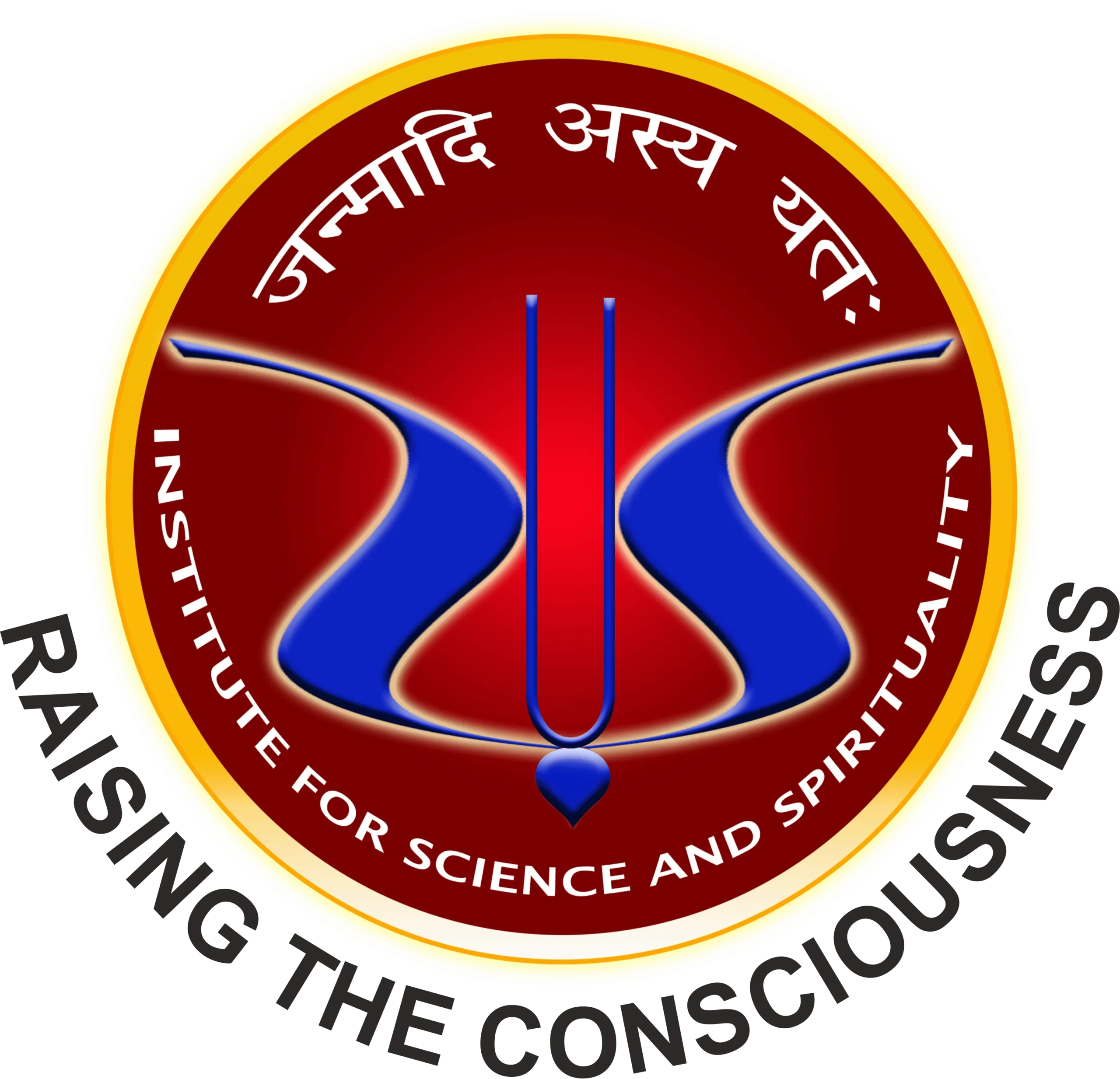NDE & OBE
Near Death Experiences (NDE)
Near-death experiences (NDEs) take place when individuals are severely physically compromised, often being unconscious, comatose, or clinically dead. Analyzing NDEs from both medical and logical viewpoints raises questions about the seemingly paradoxical phenomenon, as it challenges the expectation that unconscious individuals shouldn't consistently recount vivid and logically structured experiences. Many who undergo NDEs describe an elevated state of consciousness during these moments, defying conventional expectations and prompting exploration into the nature of such experiences.
A convergence of various types of evidence suggests that near-death experiences (NDEs) defy medical explanation and cannot be attributed to known physical brain functions. The reported phenomena would already be noteworthy if recounted by individuals during conscious experiences, but what makes them particularly intriguing is that NDErs are typically unconscious or clinically deceased when these experiences occur. As a result, the presence of vivid, organized memories during a state of unconsciousness challenges conventional expectations. It becomes interesting to examine the perspectives of near-death experiencers themselves regarding the reality of their encounters.
Out of Body Experiences (OBE)
Out-of-body experiences (OBEs), as recounted by individuals, involve a distinct perception of one's self or center of awareness existing outside the physical body. This phenomenon is marked by the sensation of viewing the world from an extracorporeal elevated perspective and witnessing one's own body from this vantage point. Such experiences challenge the conventional spatial unity of self and body, disrupting the perceived connection between the "real me" and the physical form. Recent neurological evidence points to a correlation between OBEs and interference with the temporo-parietal junction of the brain. Understanding OBEs can significantly contribute to advancing scientific concepts surrounding the unity of self and body, drawing insights from theology, philosophy, psychology, neurology, and psychiatry. Occurring in approximately 10% of the population across various cultures and associated with several medical conditions, OBEs have been subject to limited scientific investigation, primarily due to their spontaneous and infrequent nature. Research involving neurological patients experiencing OBEs offers unique advantages, as these instances may be repetitive, allowing for detailed analysis and questioning of the experiences, along with examination of associated neurological and anatomical findings.

